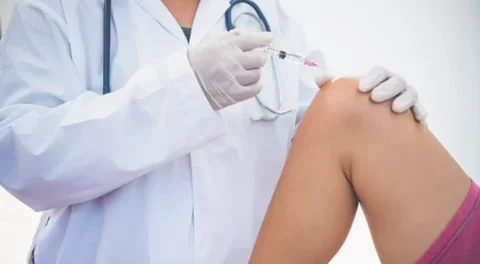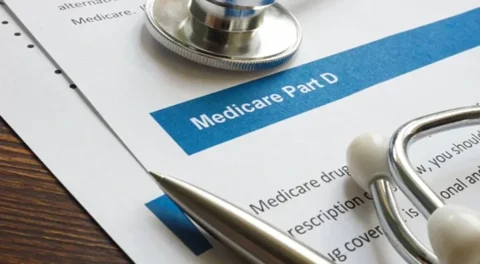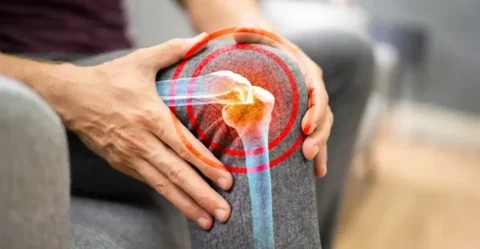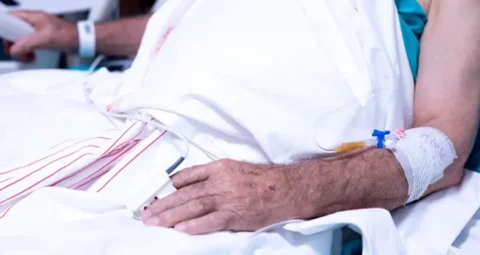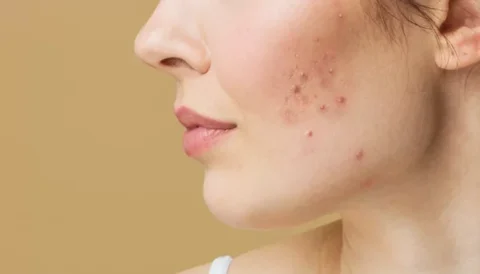With hair loss and pattern baldness being a common cosmetic issue for many people, many different treatments for hair loss have gained popularity over the past few years. While the type of hair loss can play into which treatment would best promote hair regrowth, treatments using platelet-rich plasma (PRP) have shown promise in its effectiveness to possibly help hair grow. Platelet-rich plasma treatments use blood samples from each patient to create a solution that could boost the concentration of growth factors found in platelet-rich plasma, possibly promoting hair growth.
So what’s the growth factor found in PRP that promotes hair growth? Previous studies have shown that the main growth factors that aid PRP in stimulating hair growth include the vascular endothelial growth factor, fibroblast growth factor, and platelet-derived growth factor. With all of these growth factors present in PRP treatments it’s a probability to have near-complete hair regrowth or at the very least have the appearance of thicker and fuller hair.
Which Growth Factors Used With PRP Can Promote Hair Growth?
Vascular endothelial growth factor, fibroblast growth factor, and platelet-derived growth factor can all affect the growth factor levels found in your body and promote hair growth. However, each of these bioactive growth factors can play different roles within the creation of an effective hair loss treatment.
Platelet-rich plasma therapy makes use of platelet-rich plasma injections as well as combined factors to promote both growth and regrowth deep inside your hair follicles and help create hair structures to combat hair loss. To better understand the benefits of PRP therapy, here are some of the key benefits these growth factors provide during the procedure:
1) Vascular endothelial growth factor
The main purpose of the vascular endothelial growth factor (VEGF) is to create blood vessels, especially in babies but also in adults. VEGF is also responsible for restoring blood supply to blood vessels that may not be getting proper blood flow throughout the vascular system. While its main function is to support the vascular system, it has been recently shown that the VEGF could also contribute to the hair cycle and hair growth.
Like its ability to create new blood vessels, studies have shown that it’s also possible for the VEGF to be responsible for the creation of essential tissues and cells for hair regeneration. By having the VEGF factor within the PRP solution injected into your body, it’s possible that boosting this particular growth factor could lead to certain amounts of hair growing from the hair follicles thus directly treating hair loss.
2) Fibroblast growth factor
Fibroblast growth factors (FGF) contribute to several things in your body including the hair cycle and hair growth. While FGF cells play a primary role in wound healing and injuries they also affect the anagen phase of the hair cycle which is crucial in hair length growth.
The anagen phase is the most active part of the hair cycle which involves the division of hairs on your scalp and creating new hair strands on your head. After the anagen phase, your hair follicle closes preventing hair from growing and eventually leading to you losing hair.
What FGF does for hair growth is it promotes the start of the anagen phase and lengthens the time that the hair follicle and hair strand can stay in the active anagen stage. By keeping the hair follicle in the active stage, FGF essentially delays hair loss and allows hair to grow longer.
While hair loss after the anagen phase may sound scary, it’s normal for you to lose around 50 to 100 strands of hair a day and is not indicative of any type of hair loss to be concerned about. But in the rare instance of losing more than 50 to 100 strands in a day, that could be quite concerning and must be addressed right away with the help of a medical professional.
By including FGF in PRP solutions, the treatment won’t only benefit from the promotion of hair growth stimulation but will also possibly allow for the hair growth stimulation to last longer and limit the amount of hair loss you experience daily.
3) Platelet-derived growth factor
Similar to VEGF and FGF, Platelet-derived growth (PDGF) factors found in the activated platelet-rich plasma solution of PRP treatments, PDGF can help build cells and regenerate hair growth and prolong the anagen phase of hair follicles.
When the solution is injected into a particular site, the PDGF factors provide tiny receptors within that area wherein they are translated onto the hair follicle. This translation plays a key role in creating cells for hair regeneration and placing the follicles under the active anagen phase.
With PDGF providing both cell creation properties and anagen-inducing properties, it could possibly treat hair loss and promote a bit of hair growth as well.
PRP Therapy Process
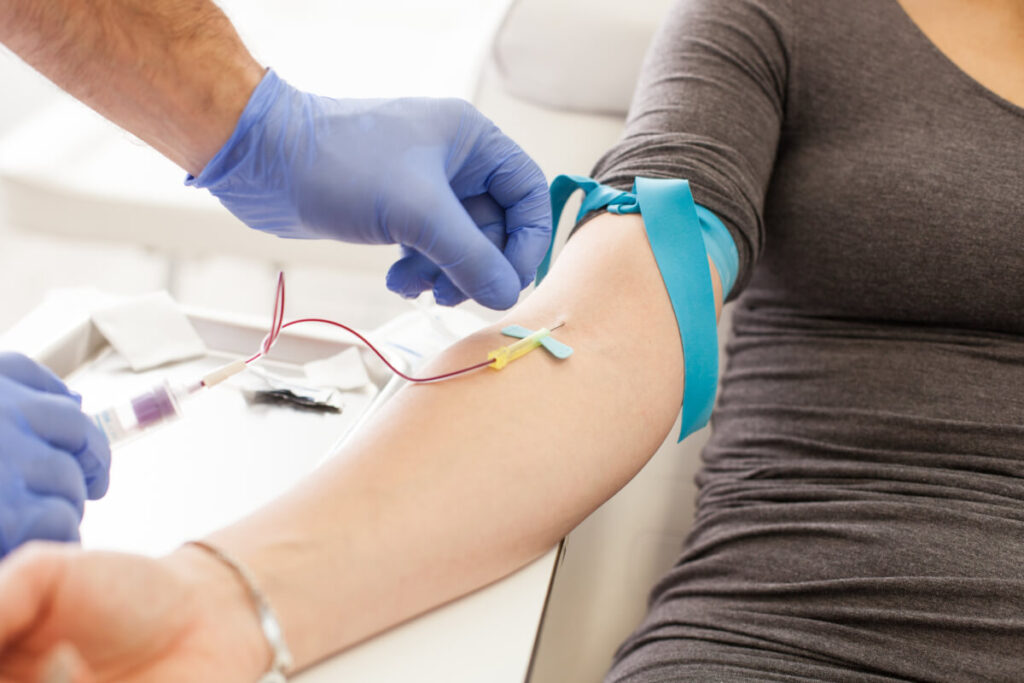
While PRP therapy treatments were designed to be effective against hair loss conditions, you may need more than one session to see the full results. Commonly spaced out into 3 treatment sessions, PRP therapy injections can be injected only every 4 to 6 weeks to avoid negative side effects.
Though generally a safe procedure, you should be aware of what happens during PRP therapy. Be it for targeting female pattern hair loss or hereditary hair loss commonly found in men, your provider should inform you that the procedure involves needles and blood. Here are the common steps taken before, during, and after a PRP therapy session:
1) Blood Draw and Blood Samples
As PRP therapy uses your own blood to create the PRP solution, the first thing that has to be done during the procedure is to draw blood from your arm. While the amount of blood for the treatment may vary depending on the surface area needing to be treated, usually the doctor will draw no more than 60 mL of blood. The process of drawing blood should take no longer than 5 to 10 minutes and should be no different from other times you have gotten your blood drawn for other medical tests and procedures.
2) Separation of Plasma and Red Blood Cells
Once the blood has been drawn it will be placed into a centrifuge. This will separate the different components found in your blood including platelet-poor plasma, platelet-rich plasma, and of course, red blood cells.
While separating these components from each other may seem complicated, it should only take around 10 minutes for them to pull away from each other. After the platelet-rich plasma is isolated from the other components, it can be injected into the treatment site.
3) Injecting the Plasma Solution
With the solution ready, your doctor will place a disinfectant and apply an anesthetic to prep the treatment area. Once the area has been prepped, your doctor will inject around 8 to 12 mL of the platelet-rich plasma solution.
The platelet-rich plasma solution will contain different concentrations of growth factors like VEGF, FGF, and PDGF which will gradually reduce hair follicle formation and hair growth.
Possible Side Effects of PRP Therapy
Though PRP is a very safe procedure when administered by a healthcare professional, like any medical procedure involving needles, there are a few possible side effects that may occur after the treatment. As the solution will most likely be injected into your scalp, many of the side effects will be present within that area.
Common side effects in the treatment area include nausea, scalp pain, and scaring. More severe complications however include damage to blood vessels and nerves. While it’s possible for these to occur after your treatment for hair loss, you shouldn’t worry as they are very unlikely to cause any long-term issues.
Alternative to PRP Treatments for Hair Loss

While PRP treatments work for some, they may not be suitable for others. Among other options aside from PRP treatments include platelet-rich fibrin, hair transplants, and topical or oral medications. To get the results that you want, consult with your provider to know about the best hair growth treatment that’s compatible with you.
1) Platelet-rich fibrin (PRF)
Similar to PRP, Platelet-rich fibrin treatments for hair start by drawing blood and separating its components. The main difference between the two is how the components are separated. While PRP completely isolates the platelet-rich plasma by spinning the centrifuge at a high velocity, PRF uses a lower velocity meaning that some stem cells and white blood cells remain in the final plasma solution.
The presence of white blood cells and stem cells have been said to not only increase the concentration of the platelets and their growth factors in the injected solution but have also been shown to help in the recovery process after the treatment has been completed. All in all, PRF could be a great alternative to PRP as it’s very similar in procedure and could possibly provide better results in the long run.
2) Hair Transplants
With an 85 to 95% success rate, hair transplants offer an almost guaranteed fix to hair loss and balding. While highly successful in meeting results, hair transplants are surgical procedures that are highly invasive. Removing around 6 to 10 inches of skin from the back of your scalp, your surgeon will then harvest hair follicles from the removed skin creating a graft.
After the follicles and grafts have been made, they are implanted into the balding area of your scalp. This whole procedure will take 4 to 8 hours. As this is a surgical procedure, there is more downtime to be expected after getting a hair transplant. While it takes roughly 2 weeks to fully recover from a hair transplant surgery, many people report being able to return to work a week after their procedures.
3) Topical and Oral Medication
If you want to avoid any type of medical treatment or surgical procedure, there are topical and oral medications approved by the FDA that could help stimulate hair growth as well. While the Finasteride pill can only be purchased with a prescription, topical medication like Rogaine can be bought without a doctor’s note.
Depending on which one you chose to take, application times and dosages may vary from person to person. While these types of medication offer a non-surgical option to treat hair loss conditions, they do also take the longest to take effect. According to studies, it could be a year before you see any significant changes to your hair growth.
Get PEP Factor For Scalp Rejuvenation at FACE Med Store
Need a topical treatment for hair loss? PEP Factor is a topical alternative used to stimulate scalp health. With its blend of fibroblast growth factors and copper peptides in conjunction with Ultra-ReGen LED, patients may see visible hair improvements within the first 2 to 4 weeks after treatment.
Get top-of-the-line medical tools and supplies that suit your treatment plan only at FACE Med Store. We offer a wide range of options for hair growth including the in-demand PEP Factor product line. Contact us today to know what we have in stock.
Learn More: What To Tell Your Patients About Platelet-Rich Plasma (PRP) Injection

